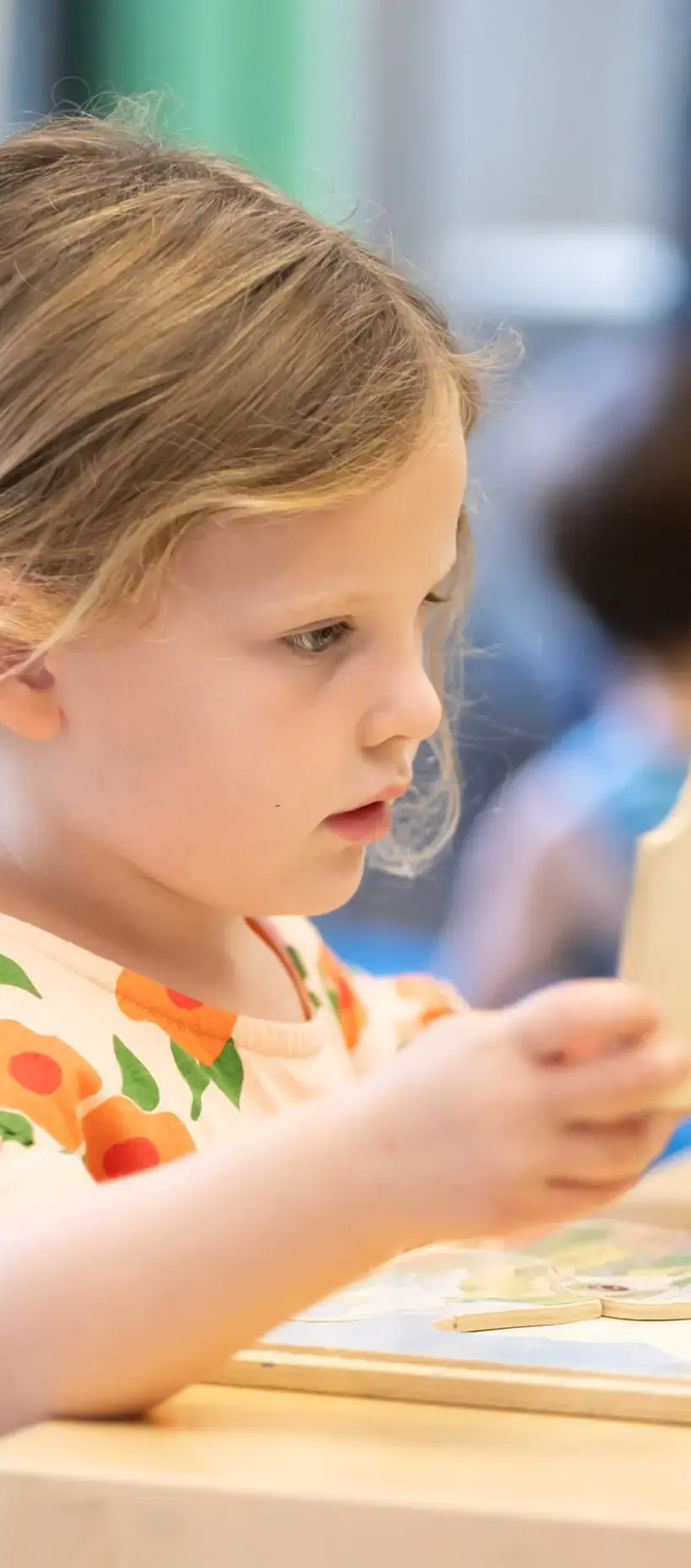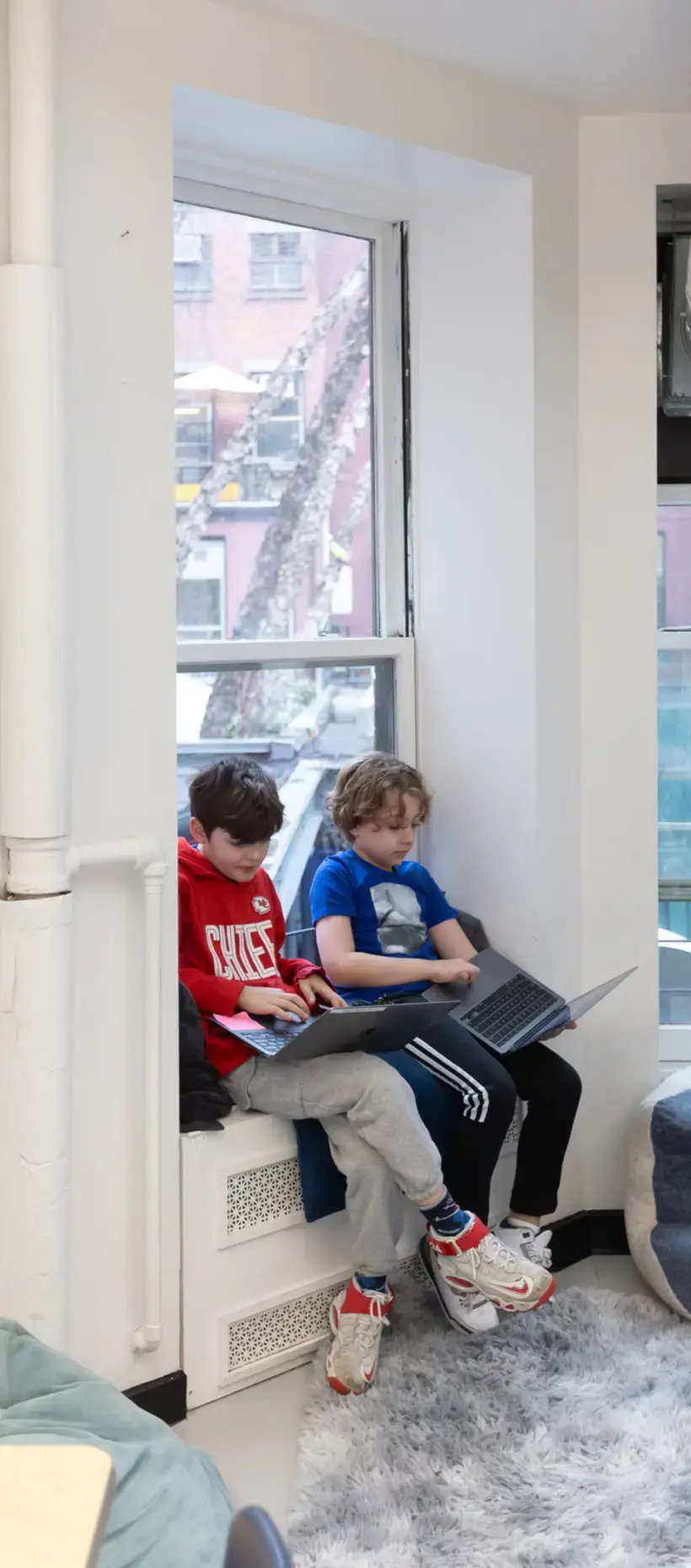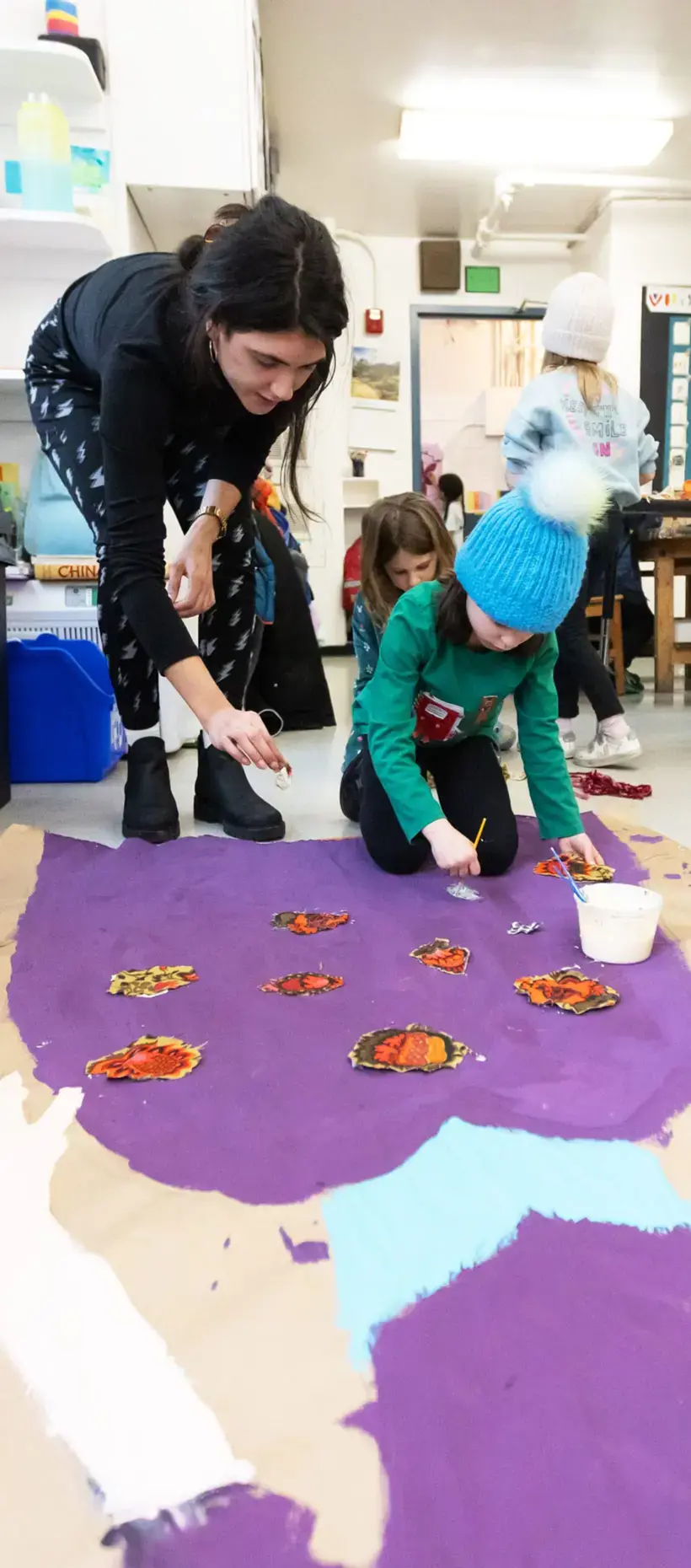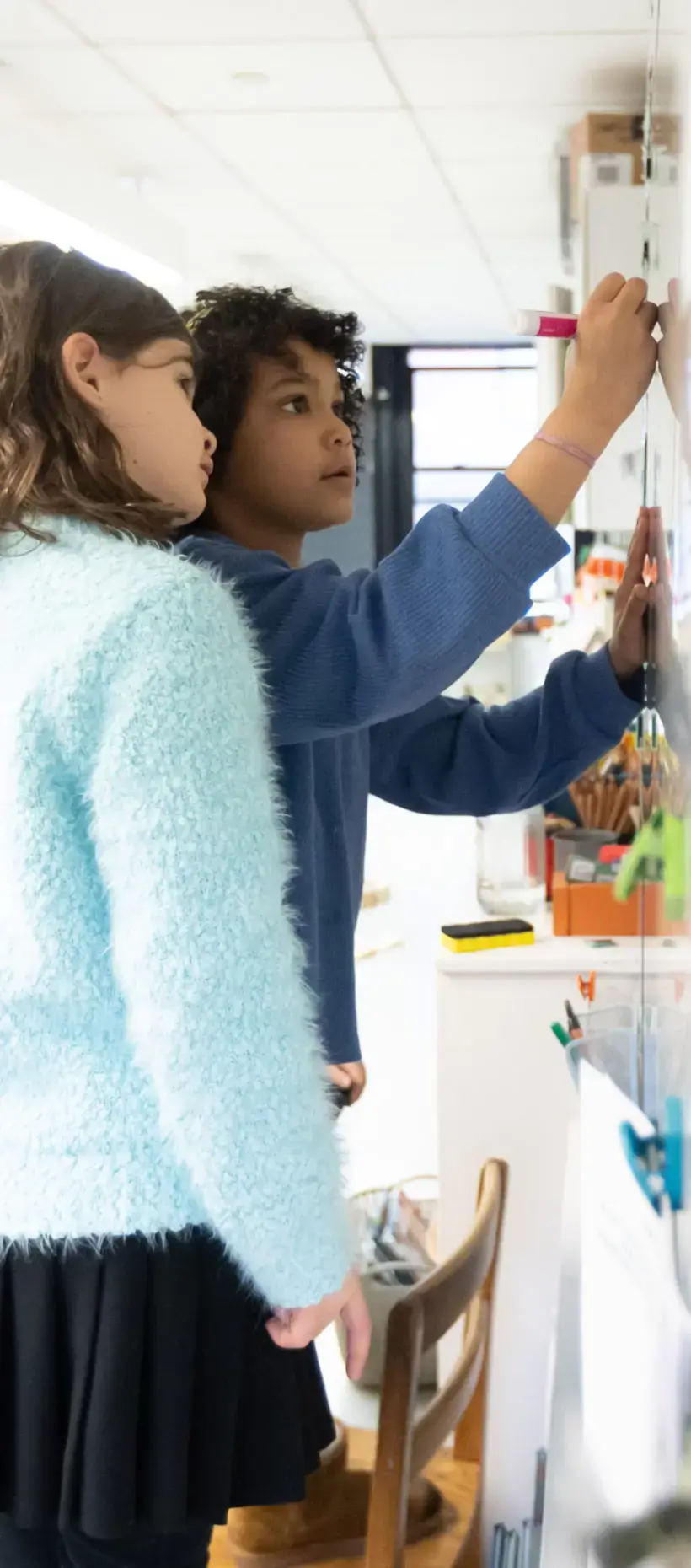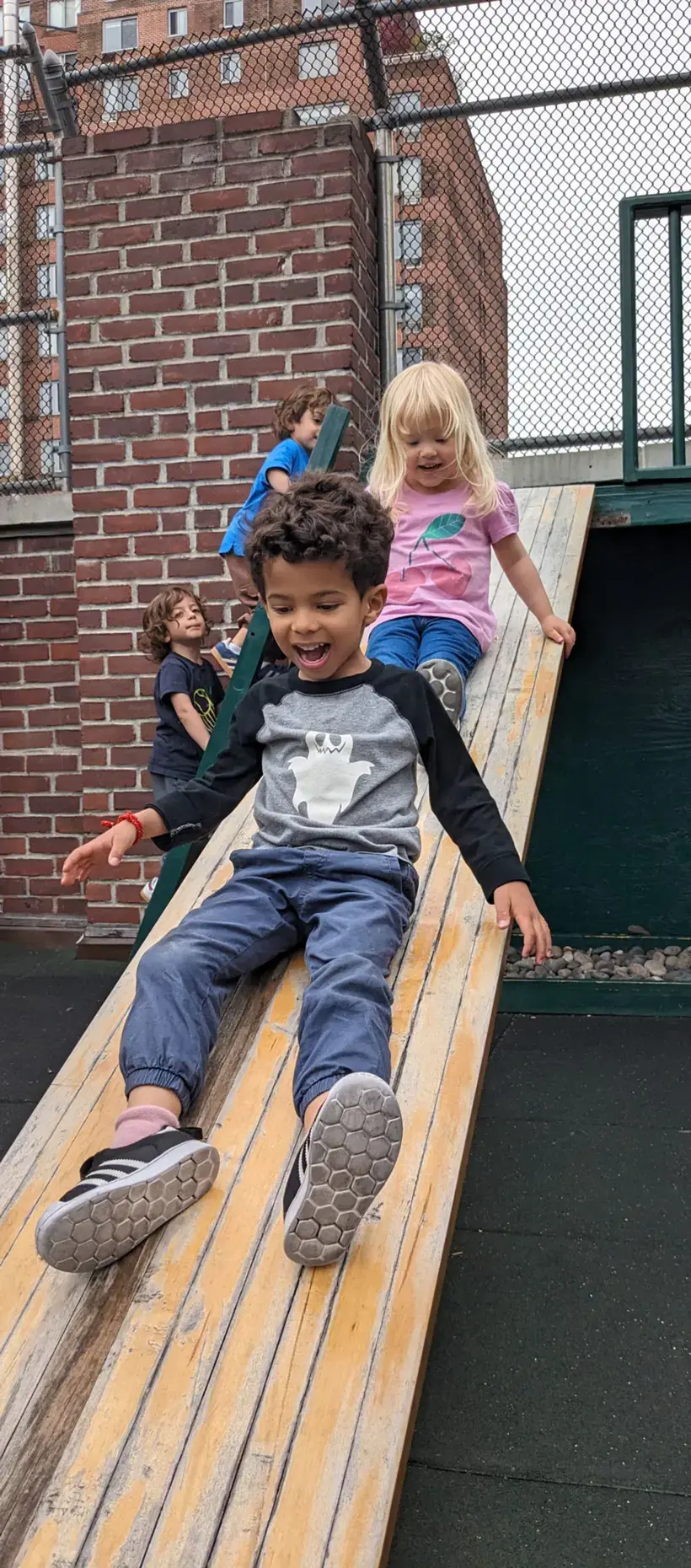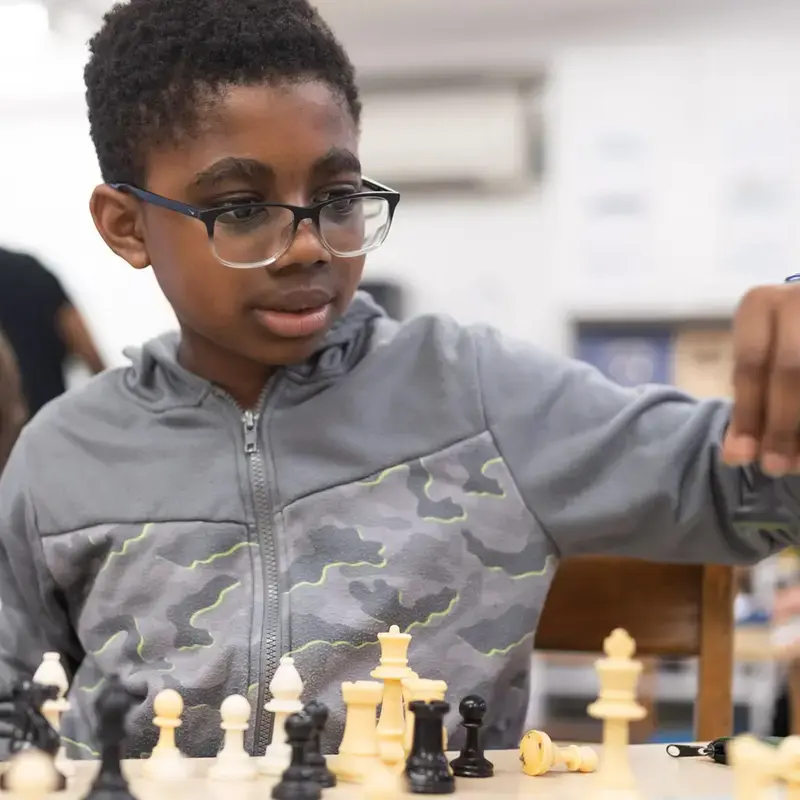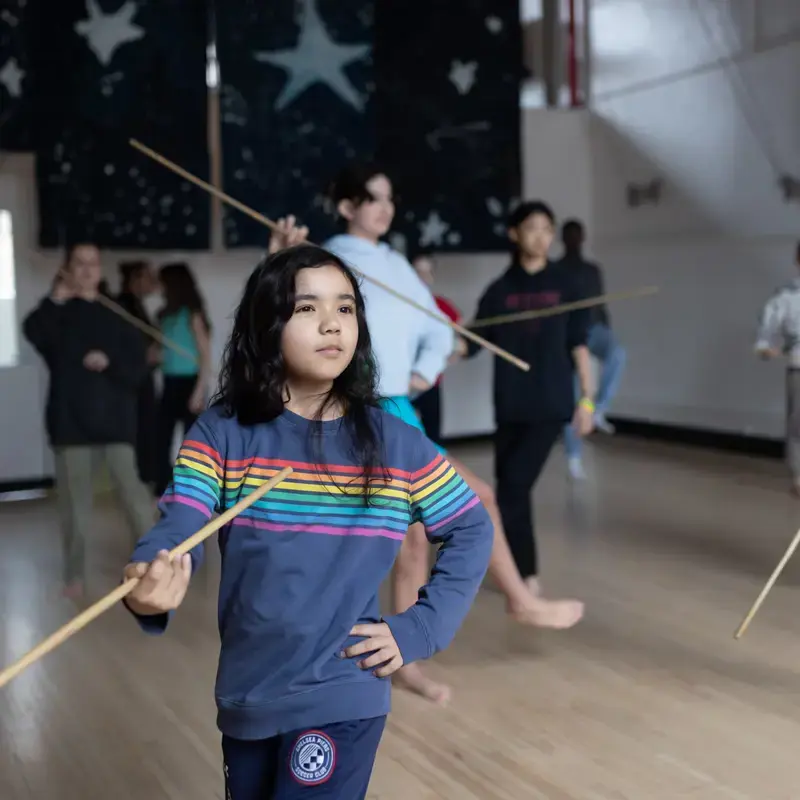Discover an Unparalleled Academic Experience
At City and Country School, we redefine and refine our academic program by cultivating a deep love for learning and fostering critical thinking skills and habits of mind that prepare students for success in high school and beyond. As a result, our graduates are well-prepared to thrive in a rapidly changing world.
We invite you to experience our academic excellence firsthand by visiting our campus or
exploring our website.
Our graduates quickly match and surpass their high school peers in math and language arts. They exude curiosity for learning, competence, confidence, resourcefulness, and a commitment to collaboration and active citizenship.
| Integrated Curriculum |
| Our curriculum seamlessly integrates academic subjects including the “3 Rs” with real-world applications. We know that when children experience learning in meaningful contexts where subjects like science, literature, and the arts are intertwined rather than siloed, knowledge sticks. It embeds itself in the brain because it makes sense. |
| Mastery of Core Skills |
| Students at C&C master fundamental skills such as reading, writing, and mathematics through hands-on experiences and interdisciplinary projects. This approach ensures a comprehensive understanding that goes beyond rote memorization. “Why am I learning this?” is never a question here. |
| Social Studies as the Tour Guide |
| Social Studies isn't a subject here; it's an adventure. From exploring the pulse of our city to unravelling ancient civilizations, students embark on a journey that broadens their minds and deepens their understanding. |
| Practical Application Through Jobs Program |
| Ever seen a middle schooler run a post office or manage a school store? At C&C, our third- through eighth-grade Jobs Program isn't just about taking responsibility for one's community; it's a crash course in real-world skills and leadership. |
| Preparation for High School and Beyond |
| Graduates of C&C enter high school equipped with not only academic proficiency but also a strong foundation in leadership, collaboration, and independent thinking. They excel in diverse learning environments and continue to pursue their passions with confidence. |
| Individualized Attention |
|
Our dedicated teachers and learning specialists understand that every child learns differently. They provide personalized guidance and support, ensuring each student reaches their full academic potential while nurturing the collective strengths and interests of the Group.
|
Frequently Asked Questions
| Will my child get into a good high school and college? |
|
Yes! Your child will have the skills and confidence to select a high school that is an ideal for them. Because they've been through the process, C&C graduates often report that applying to college is less stressful for them. Our high school guidance counselor and learning support specialists will personally guide your family through the process.
Click here to learn more.
|
| Are there really no grades? |
| City and Country School focuses on holistic student assessment. Instead of using simple letter grades, we use detailed narratives that include feedback on strengths, areas to improve, teaching strategies being used, and goals going forward. The narratives are nuanced and personalized. As children reach the upper grades, they participate in self-assessment and even join parent conferences. |
| What does being a social studies school mean? |
|
A social studies-based school immerses students in the rich tapestry of history, geography, civics, economics, sociology and anthropology, ensuring they gain a deep understanding of how societies function.
Key Features:
Interdisciplinary Approach: Integrate social studies with math, science, and art for a comprehensive education.
Critical Thinking: Develop the ability to analyze social, political, and economic issues using data and statistics.
Civic Engagement: Prepare to be an informed and active citizen.
Cultural Awareness: Foster an appreciation and understanding of diverse cultures.
Project-Based Learning: Address real-world problems through projects involving simulations, economic models, scientific research, and artistic expression.
Skill Development: Enhance research, writing, public speaking, collaboration, and quantitive skills.
|
| Did Caroline Pratt invent 21st Century skills? |
|
Our founder, Caroline Pratt, integrated critical thinking, collaboration, communication, and creativity into C&C's pedagogy in 1914. The term "21st Century Skills" was coined in 2009 by Bernie Trilling and Charles Fadel.
|
| What are the school day hours? |
|
C&C Program Hours/Regular School Day
2sAM 9:00–12:00 p.m., M–F
2s Full-day: 9:00–2:45 p.m. M-F
3sAM 8:40 a.m.–12:50 p.m., M–F
3s Full Day: 8:40 a.m.–2:45 p.m.
PreK 8:40 a.m.–2:50 p.m.
K - 2nd Grade 8:40 a.m.–3:00 p.m.
3rd - 5th Grade 8:30 a.m.–3:15 p.m.
6th - 8th Grade 8:00 a.m.–3:15 p.m.
|
| Why is C&C known as the "blocks school"? |
|
The unit blocks invented by our founder and revoluntionary educator Caroline Pratt in 1913 are essential in th work of our younger students. Engineering, math, creativity, and collaboration are a few of the skills developed. Third graders and beyond further home these abilities through the Jobs Program. Learn more about these uniquely C&C programs here.
|
| What are the benefits to a school that ends in eighth grade? |
|
Unlike traditional K-12 schools, our approach allows for our eldest students, aged 13 and 14, to flourish as leaders without the influence of older peers pushing them to grow up too quickly.
Hear a recent grad share how it benefitted her.
|
|
